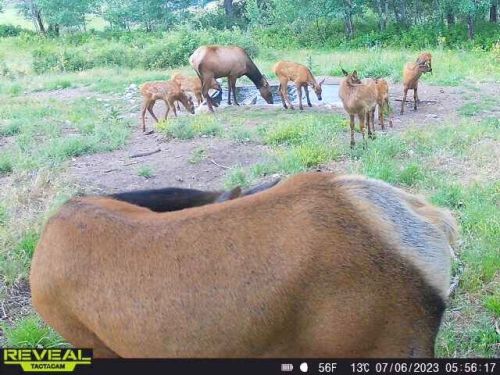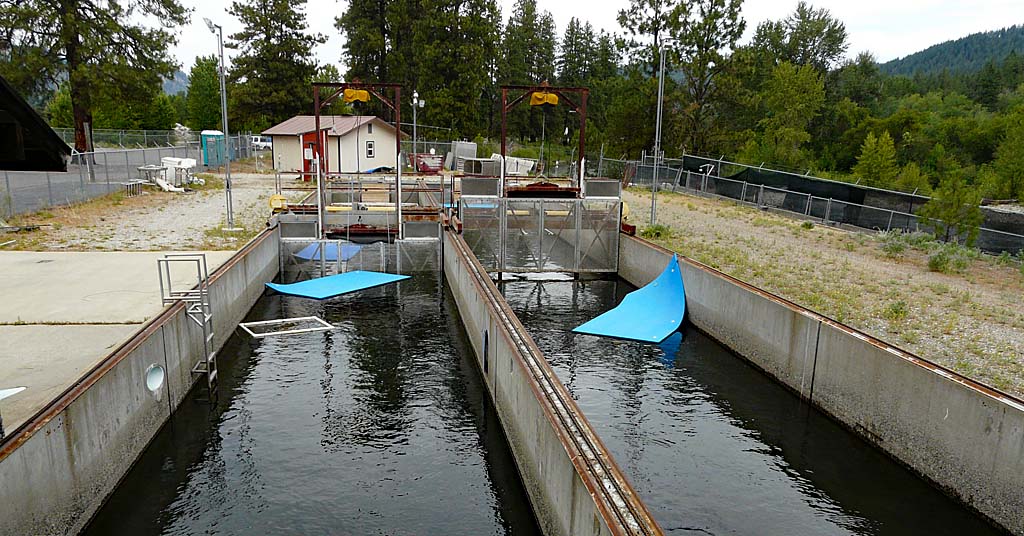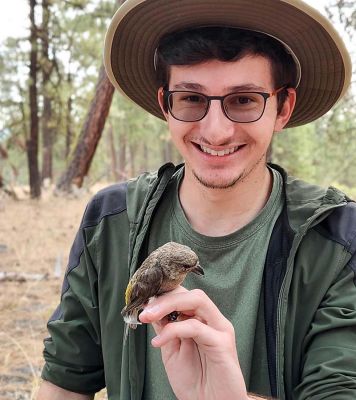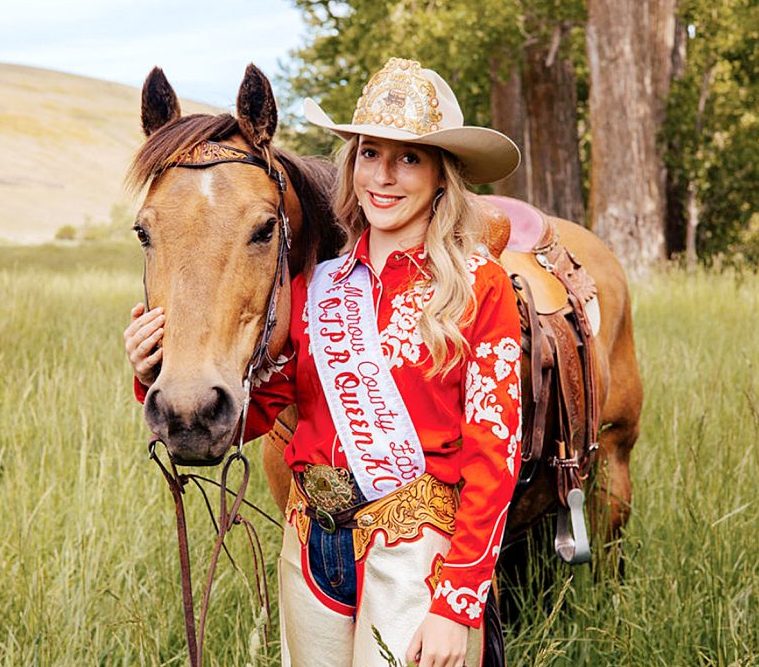Elk overrun northeast Washington fields
Published 10:00 am Friday, July 14, 2023

- Elk drink from a water trough for cattle July 6, 2023, in Stevens County in northeast Washington. Producers report elk are causing more disruptions there than even predators.
STEVENS COUNTY, Wash. — Elk have surpassed predators as the biggest wildlife problem in southern Stevens County in northeast Washington, according to some ranchers and farmers.
Elk were once a novel and an enjoyable sight, producers said, but now dozens eat and bed down in fields of grain around unincorporated communities such as Hunters and Fruitland.
Trending
“It’s isolated, but it’s pretty bad where it is,” said rancher Don Dashiell, a former county commissioner. “It’s a worse deal than the wolf right now.”
Elk complaints on the rise
The elk population in southern Steven County is stable, but the state Department of Fish and Wildlife is receiving more complaints, department spokesperson Staci Lehman said.
Fish and Wildlife has tried to curb damage by hazing elk and issuing permits to shoot elk in fields. The department has been good to work with, but the elk haven’t budged, hay farmer Don Larson said.
A neighbor tried Fish and Wildlife’s propane canon, but the blasts bothered the neighbor’s dogs more than the elk, Larson said.
Hunters who shoot elk on farmland need large coolers to immediately store the elk to keep the meat from spoiling in the heat. “It’s not been very successful,” Larson said.
Trending
The elk leave in the fall, seemingly to escape hunting season, but return in the spring, he said. About 60 bed down nightly in his oats, he said.
“I’ve had to adjust my practices to deal with the elk,” said Larson, who hurries to bale and haul away hay. “If I leave the bales out in the field, the elk will snack on them.”
The Selkirk elk herd’s range includes Stevens County. The herd traces its lineage to 40 elk captured in Yellowstone National Park and released into the county in 1915.
The Department of Fish and Wildlife introduced more elk to the herd over the years, including six in 1969 from the Seattle Zoo. The Colville and Spokane tribes, whose reservations border southern Stevens County, also imported elk, according to Fish and Wildlife.
Rancher Fred Dashiell, Don Dashiell’s cousin, said the local cougars are brazen and a bear recently attacked one of his calves. Another cousin, the late Dave Dashiell, lost hundreds of sheep to wolves in 2014.
“I would say elk are (problem) number one,” Fred Dashiell said. “Predators are number two, and you can take your pick with predators.”
Compensation available
Farmers can apply to be compensated for crop damage and receive up to $10,000, a cap set by the Legislature.
Lawmakers also set a one-year cap of $120,000 for claims all across the state. If the money runs out, farmers have to wait another year.
If the damage exceeds $10,000, the farmer can appeal to an administrative law judge for further compensation.
Fred Dashiell said a crop adjuster documented $12,000 worth of damage by deer at his farm several years ago. He collected $10,000, but passed on pleading his case to a judge.
The damage continues, but he has not applied again for compensation. “I was discouraged. They made it so complicated,” he said.
Rep. Tom Dent, R-Moses Lake, co-sponsored a bill in 2019 to increase the maximum compensation to $20,000 for one claim and double the annual pot for all claims to $240,000. The bill failed.
Dent said he may try again in 2024. Farmers in other parts of the state have problems with elk. “There’s a lot of pressure on legislators to do something about this,” he said.
Farmers and ranchers in Washington’s Skagit Valley have been dealing with problematic elk herds for years. Read our coverage by clicking here.









